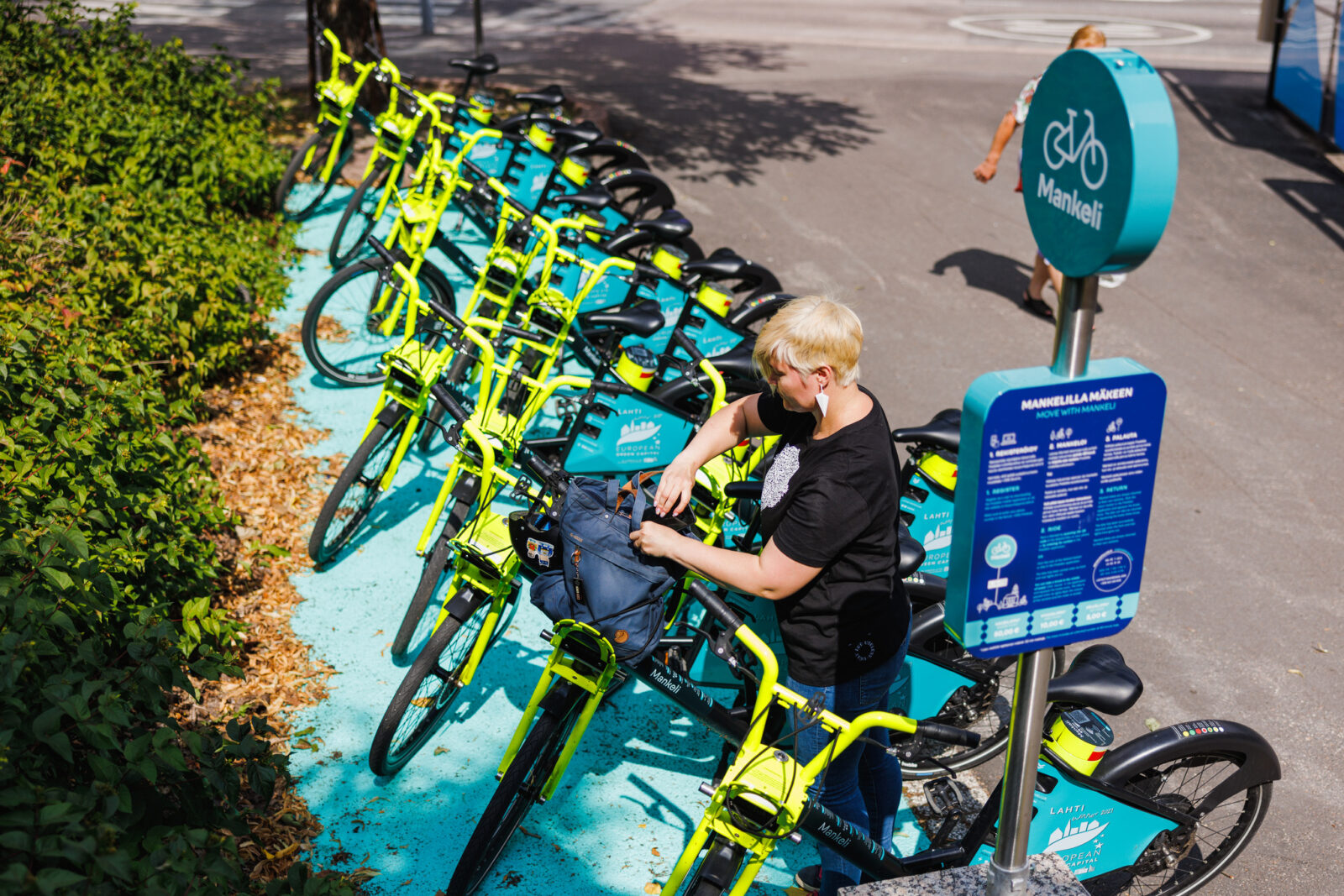Lahti aims to become carbon neutral ahead of other major Finnish cities. In practical terms, this means reducing emissions by 80 percent from the 1990 level, with the remainder being offset by carbon sinks. Lahti has already reduced its emissions by 64 percent.
– We are on the right track, but there is still work to be done, especially in the transportation sector, says the city’s environmental coordinator, Aino Kulonen.
The city has updated its climate program, taking into account both national emission trends and measures to accelerate climate action in Lahti.
– We have reviewed the program approved in 2019 to see if the measures have been sufficiently effective. The new program will refine the methods to achieve carbon neutrality, says Elina Ojala, Lahti’s environmental director.
Transportation as a focus for emission reduction
In the updated program, major efforts are directed towards the energy and transportation sectors. The program includes initiatives for sustainable urban mobility and circular economy.
– We are increasingly steering towards public transportation, walking, and cycling. This includes a prioritization program for bike lanes and aims for pleasant and barrier-free walking environments. We want to make it easy for people to choose these modes of transportation, Kulonen explains.
The city is also significantly increasing the number of city bikes. This summer, there will be 500 bikes and a total of 62 stations in Lahti.
A key theme is addressing commuting. Collaborating with companies, efforts are made to make commuting more sustainable, involving roles for companies, the city, and employees.
– LAB University of Applied Sciences and LUT University are collaborating with companies to push things in the right direction. This could involve offering commuter tickets or assisting in purchasing electric bikes. It could also mean providing secure bike storage or shower facilities at work, Kulonen adds.
Lahti also encourages businesses to become climate partners. Companies can assess their emissions and seek the most efficient reduction measures. Currently, there are about thirty different-sized companies involved as climate partners, with up to 60 regionally.
Positive change approach
The city has a clear stance that sustainable mobility should be promoted through attractive alternatives, rather than blaming private car use.
– We don’t want to make people’s lives harder; instead, we approach the issue positively, says Elina Ojala.
She also emphasizes that the city’s ability to influence transportation emissions is ultimately limited.
– It’s more about individual choices or businesses’ ability to influence their employees’ commuting. Sports clubs, for example, can also affect how children are transported to activities. However, changing behavior can sometimes be slow.
Everyone can contribute
The climate program talks about living within a one-and-a-half-degree -lifestyle – how everyone’s choices can move us towards the international threshold of only a one-and-a-half-degree increase in average temperature. It’s also about changing attitudes and behaviors without blaming anyone.
– No one should feel that, for example, due to financial constraints, they cannot meet certain criteria. In reality, the situation regarding sustainability for low-income individuals may be much better than for those with higher incomes who consume more, Aino Kulonen reminds.
Change doesn’t always mean big things.
– Everyone can think about how the change could happen smoothly for them personally. It doesn’t mean giving up everything enjoyable; life can continue much the same way as it does now.
Sustainable choices can also bring other benefits, such as financial savings or improved health.
Leading by example matters
Whether individuals do something personally or not, climate actions are related to the life of every resident of Lahti. Lahti can also serve as an example and reap the benefits of being a pioneer.
– Most of the population in Europe lives in cities the size of Lahti. What we do here serves as an example to others and thereby we gain broader impact, outlines Elina Ojala.
A sustainable city means much more than just climate: it means comfort, better air quality, and reduced noise pollution. All these aspects affect individual residents. In municipal surveys, over half of the residents have been satisfied with Lahti’s work and its reputation as an environmental city.
– Climate work is not just about carbon dioxide emissions but also about various other positive aspects. Lahti’s actions won’t save the whole planet; they’re needed from all sectors and levels. Climate is a shared issue.
